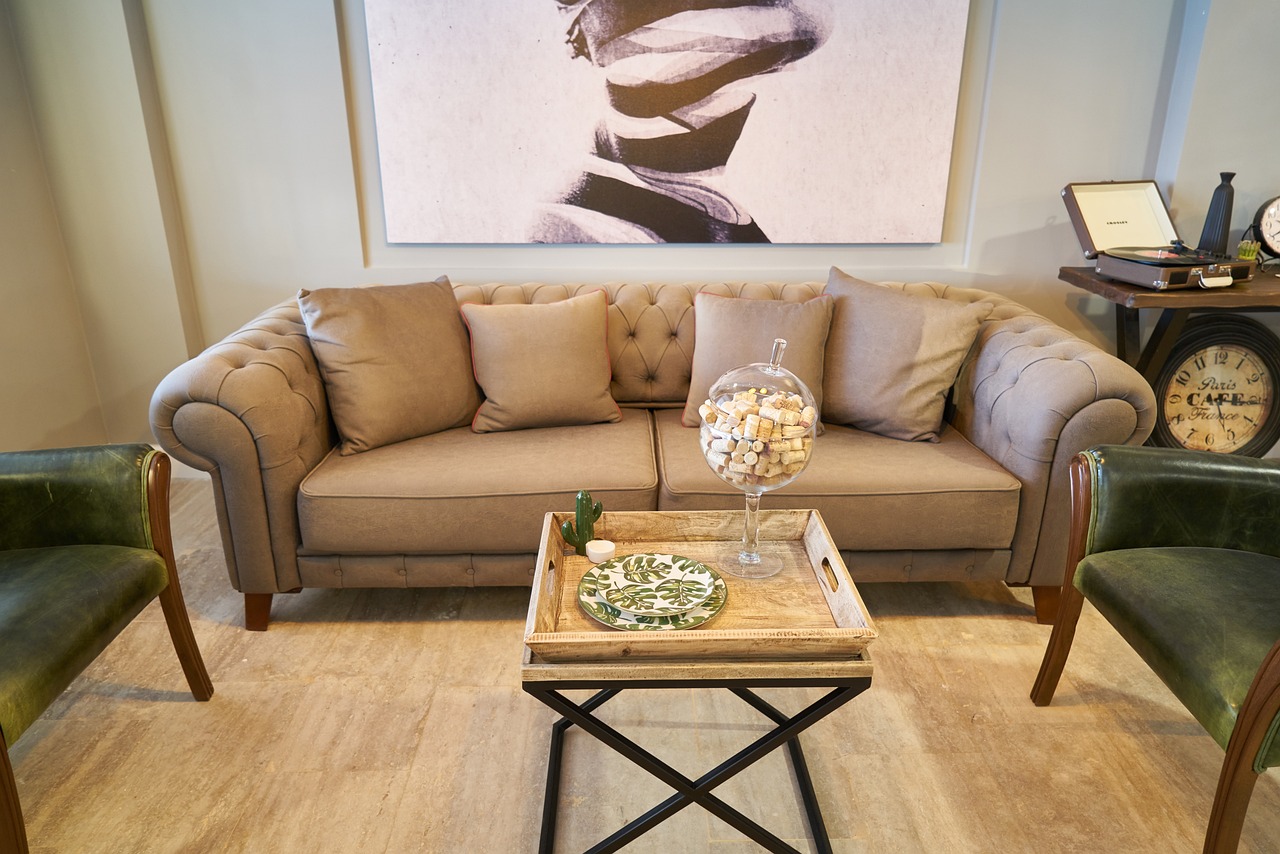Mindful Workspaces: Designing Offices for Productivity and Well-Being
Office design plays a crucial role in setting the tone for a productive work environment. The layout, furniture, and decor of an office space can significantly impact employee motivation, creativity, and overall well-being. By creating a thoughtfully designed workspace, employers can enhance employee satisfaction and promote a positive company culture.
In addition, a well-designed office can help optimize workflow and collaboration among team members. Strategic placement of workstations, meeting areas, and common spaces can facilitate communication and teamwork, leading to increased efficiency and effectiveness. A carefully planned office design can also contribute to reducing stress levels and enhancing the overall health and wellness of employees.
• A well-designed office space can significantly impact employee motivation, creativity, and overall well-being
• Enhance employee satisfaction and promote a positive company culture
• Optimize workflow and collaboration among team members
• Facilitate communication and teamwork with strategic placement of workstations, meeting areas, and common spaces
• Contribute to reducing stress levels and enhancing the overall health and wellness of employees.
Creating Functional Work Areas
Creating functional work areas is essential for maximizing productivity and promoting efficiency in the workplace. One key aspect to consider is the layout of the space. It’s important to arrange desks, equipment, and furniture in a way that allows for easy movement and access to necessary tools and resources.
Additionally, incorporating storage solutions and organization systems can help maintain a clutter-free environment and streamline day-to-day tasks. By providing designated areas for materials and supplies, employees can work more effectively without unnecessary distractions.
Utilizing Natural Light
Natural light is a key element in creating a productive and inviting workspace. Incorporating ample sunlight into office design helps to boost mood, increase energy levels, and enhance overall well-being among employees. Research has shown that exposure to natural light can also improve focus and productivity, leading to higher job satisfaction and performance.
To maximize the benefits of natural light in the workplace, it is important to strategically position workstations and desks near windows or other sources of daylight. This not only reduces the reliance on artificial lighting but also creates a more open and airy environment that fosters creativity and collaboration. Additionally, incorporating elements like skylights and glass partitions can further enhance the flow of natural light throughout the office, creating a more comfortable and inspiring setting for employees.
Why is natural light important in office design?
Natural light has been shown to boost productivity, improve mood, and reduce eye strain in the workplace. It also helps save energy and create a more sustainable environment.
How can I create functional work areas in my office?
To create functional work areas, consider the layout of your office space, the needs of your employees, and the type of work being done. Utilize furniture and storage solutions to maximize efficiency and productivity.
What are some ways to utilize natural light in the office?
You can maximize natural light in your office by positioning workstations near windows, using light-colored paint and furniture to reflect light, and minimizing obstructions that block sunlight. You can also consider installing skylights or using sheer curtains to diffuse light.







